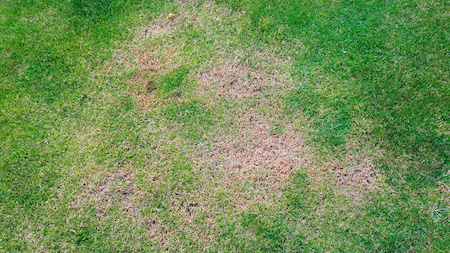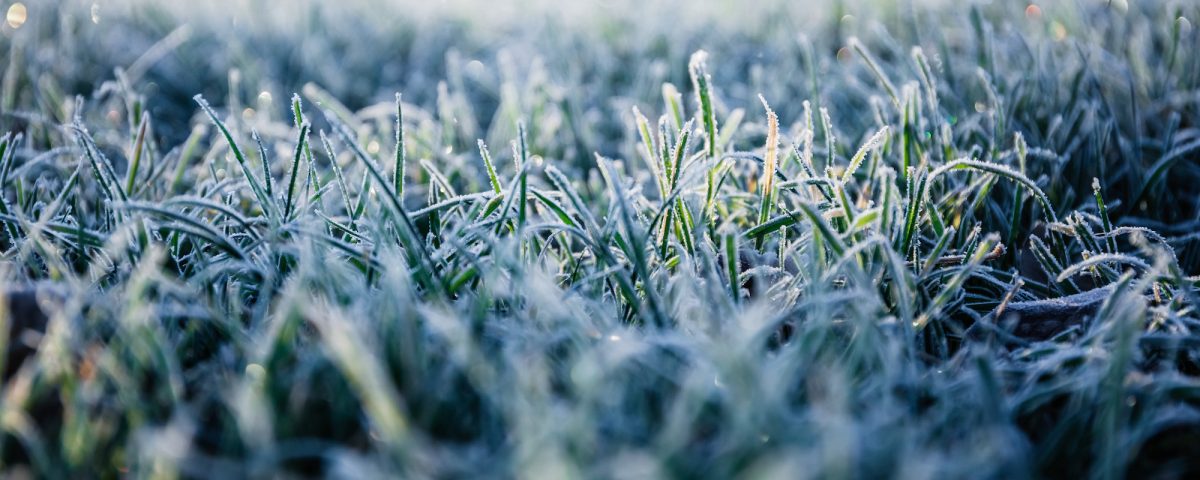
Our Clients:

Solutions to Winter Lawn Problems

Is Hydroseeding a Good Choice for Chehalis?
May 11, 2022
Understanding the Care of Sod Lawns
March 18, 2024Your lawn can have a tough winter. Even though winter in lowland Western Washington can be milder than in other areas of the country, it can cause problems for turfgrass. Snow, ice, wet soil, tree leaves and debris, cold temperatures, and cold fog are not ideal for lawns. Here are the most common problems your lawn faces in winter and what you can do to help your lawn thrive year-round.
Before the Winter: Preparing Your Lawn for the Hard Winter Weather Is Essential.
Keep the lawn raked and free of leaves and tree debris through the fall. Go into the winter and snow season with a clear lawn. Leaves and debris on a lawn rob the grass and soil of light and air, creating an environment for lawn diseases to grow during the winter.
Continue mowing through the fall and into the winter as needed. If the grass is still growing in October, November, and December, then continue your mowing schedule. As always, follow the 1/3 rule of mowing.
If you like to keep your grass a little longer (say 3”) during the peak of summer to conserve water, bring it back down to your target height (say 1-1/2” to 2”) by the end of September. Do it gradually – set your mower to cut lower with each mowing until you’re down to your target height again. The goal is to go into leaf-raking and snow season with a low grass height.
Follow a good fertilizing schedule for applying fertilizer and lime in the fall— but don’t over-fertilize. And don’t fertilize at all once the grass slows down in the late fall. A surplus of nitrogen as the grass is preparing for winter makes the lawn more vulnerable to fungi and damage. December 1st is a good time to stop fertilizing for the year. See our fertilizing schedule for more details.
Consider aerating the lawn in the fall or spring. This relieves compaction and encourages healthy soil.
Consider thatching in the fall or spring if the thatch layer is more than ¾’ thick.
During the Winter
Soil compaction is a widespread problem your lawn faces in the winter. When the soil stays wet for weeks at a time, any foot or vehicle traffic will compact the soil. Compacting the soil destroys the small pockets of air found in healthy soil. Although it’s usually not possible or necessary to keep people and pets completely off your lawn, try to minimize activities on the lawn in the winter. Find other areas to store boats and other items during the winter.
The time to keep entirely off the grass is when it’s frozen. Walking across a frozen lawn can kill the grass. The signs of damage are obvious – dead grass shaped like shoeprints across the yard.
Don’t run your sprinklers if the lawn is already wet from rain, fog, or frost. Lingering moisture in cool weather promotes fungi growth in a lawn.
Fungi Growth During the Winter
After a hard winter, spots caused by fungi can ruin the appearance of even a healthy lawn. Brown spots growing in your lawn could be caused by one of our common fungi problems.
Cool, wet weather is a suitable environment for growing fungi — meaning good for fungi – not so good for your lawn. Seattle Public Utilities’ Green Gardening Program lists fusarium patch and red thread as two of the most common turfgrass diseases in western Washington. Thurston County (including Olympia, Lacey, Yelm, and Tumwater) lists fusarium patches, red thread, and brown blight as the three most common turfgrass diseases in the county. Other common fungi are pink snow mold and microdochium patches. Experts often group these diseases together because they are similar in appearance and treatment.
In western Washington foothill areas such as Buckley, North Bend, Issaquah, Fall City, Snoqualmie, Monroe, Snohomish, Lake Stevens, Arlington, Marysville, Granite Falls, and Sedro Wooley, heavy or lingering snow promotes fungi growth in your lawn. Gray snow mold is a possibility when snow stays on a lawn for over 40 days.
For home lawns, experts don’t recommend chemical treatment for our most common fungi diseases. Grass often recovers on its own as the weather warms.
After the Winter
When the grass begins to grow again in the spring, it’s time to begin mowing. As always, follow the 1/3 rule of mowing. When the grass is 1/3 higher than your target height, mow off the top 1/3. See our mowing information for more details.
Fertilize in the spring. The best sign that it’s time to fertilize in the spring is that your grass is growing, and you must mow it. After mowing your lawn a time or two in the spring, apply a spring fertilizer. In western Washington, our lawn-growing spring season doesn’t necessarily match the calendar’s spring season, but April 1st is an excellent time to check for growth.
Helping your lawn resist winter fungi begins in the summer. In our hot, dry summer (July to early September), you can let the lawn go dormant, but don’t let it dry out or die. For most areas of western Washington, you will need to give your lawn water about every two weeks to keep it alive. Your lawn won’t be green, but occasional watering will provide it with the moisture it needs to stay healthy through its dormant period.
Good watering, mowing, and fertilizing to support a healthy lawn through the other three seasons will pay off with winter health.
Call Your Local Professionals!
For all your turf grass needs, call Country Green Turf Farms at 360-456-1006. We’re happy to help!










